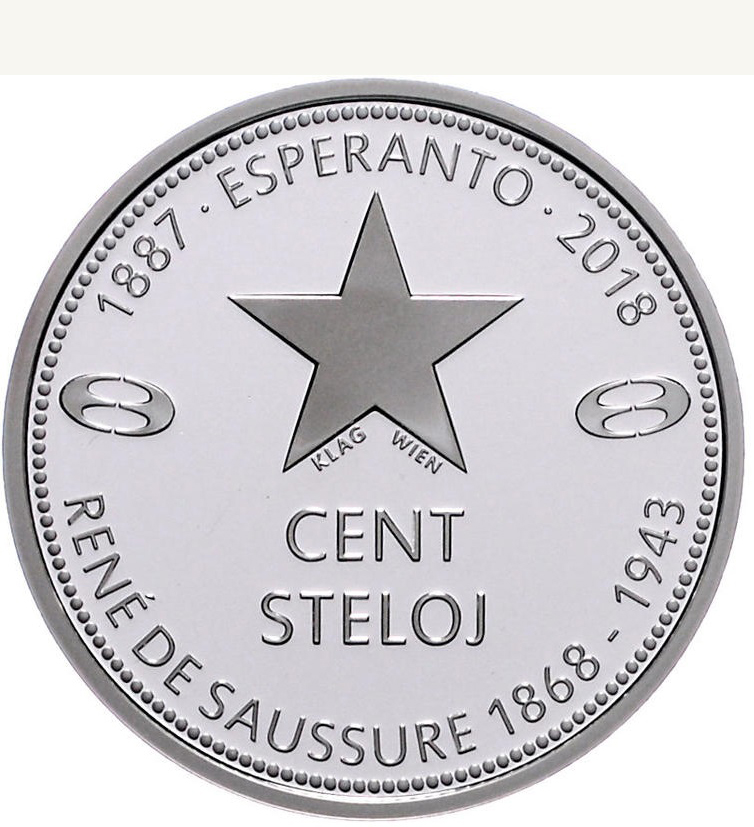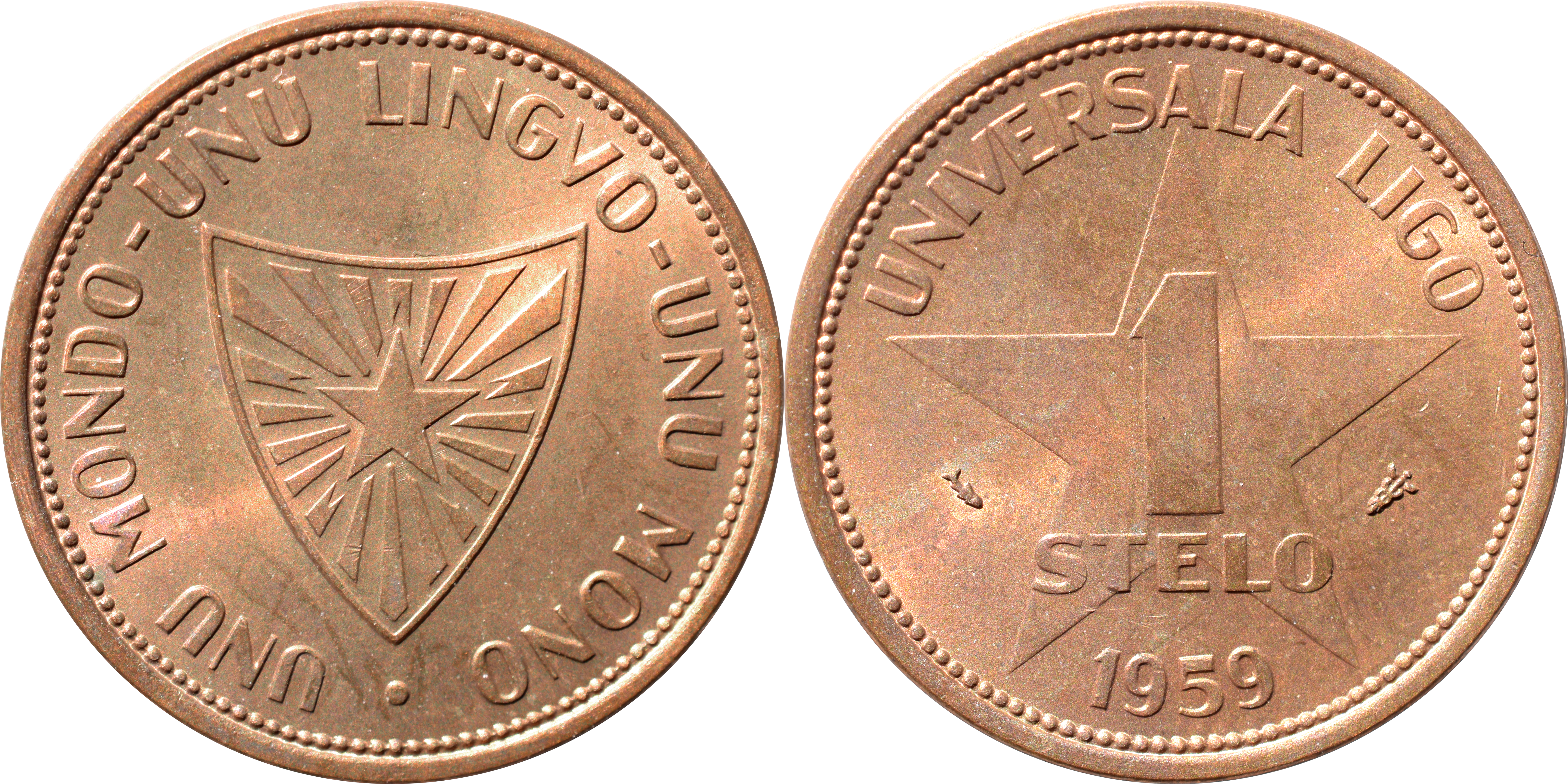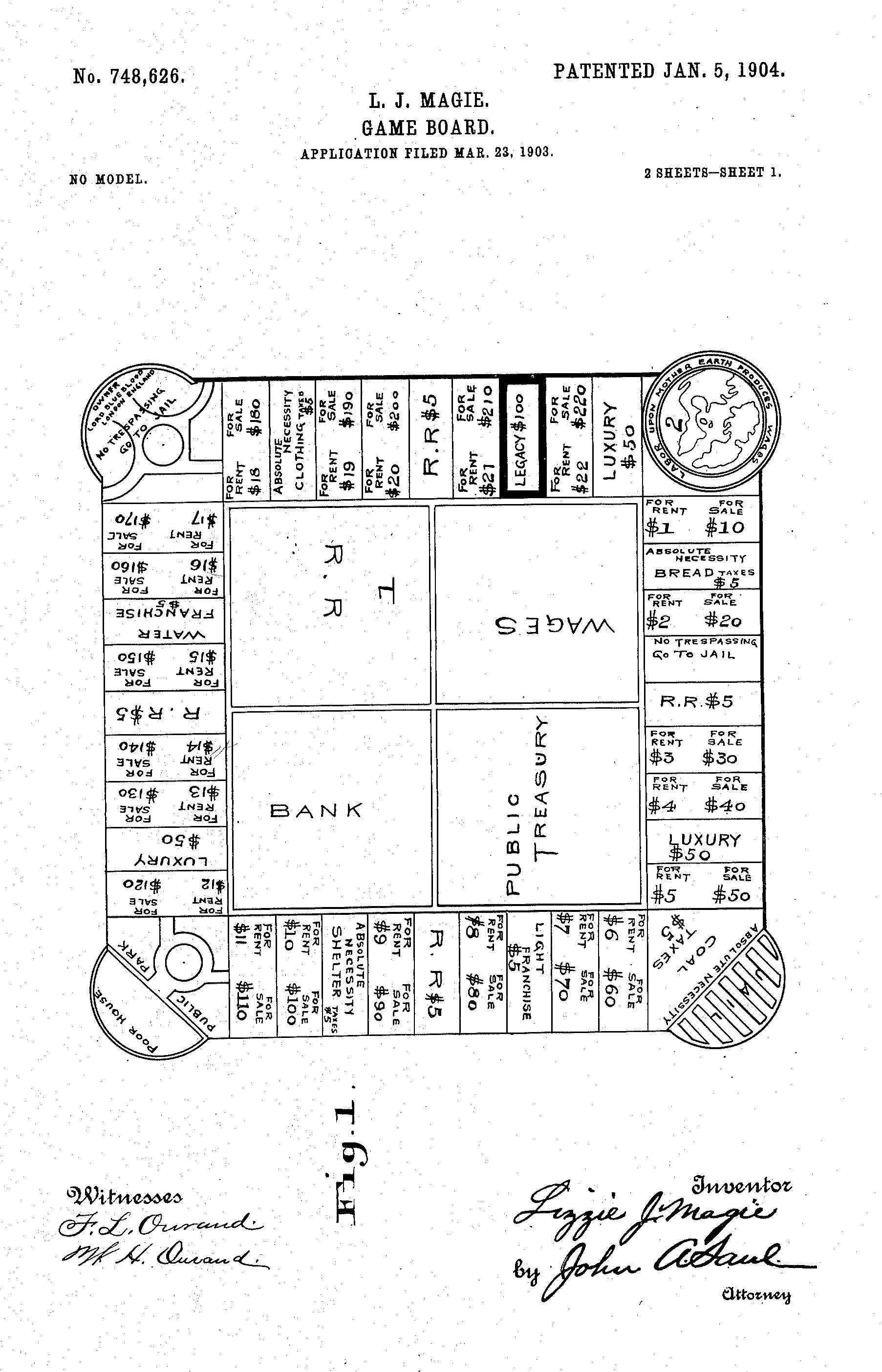|
Spesmilo
The ''spesmilo'' (, plural ''spesmiloj'' ) is an obsolete decimal international currency, proposed in 1907 by René de Saussure and used before World War I by a few British and Swiss banks, primarily the Ĉekbanko Esperantista. The ''spesmilo'' was equivalent to one thousand ''spesoj'', and worth of pure gold (0.8 grams of 22 karat gold), which at the time was about one-half United States dollar, two shillings (one-tenth of a pound sterling) in Britain, one Russian ruble, or Swiss francs. On 6 November 2022, that quantity of gold would be worth about US$43.50, £38 sterling, €44, ₽2692 Russian roubles, and SFr 43 Swiss francs. The basic unit, the ''speso'' (from Italian '' spesa'' or German '' Spesen''; ''spesmilo'' is Esperanto for "a thousand pennies"), was purposely made very small to avoid fractions. Sign The ''spesmilo'' sign, called ' in Esperanto, is a monogram of a cursive capital "S", from whose tail emerges an "m". The currency sign is often typeset ... [...More Info...] [...Related Items...] OR: [Wikipedia] [Google] [Baidu] [Amazon] |
René De Saussure
René de Saussure (17 March 1868 – 2 December 1943) was a Swiss Esperantist and professional mathematician who composed important works about the linguistics of Esperanto and interlinguistics. Biography He was born in Geneva, Switzerland. René's father was the scientist Henri Louis Frédéric de Saussure. His brothers were linguist Ferdinand de Saussure and Sinologist Léopold de Saussure. He defended a doctoral thesis on a subject in geometry at the Johns Hopkins University in 1895 and until 1899 he was professor at the Catholic University of America in Washington, D.C., and later in Geneva and Bern. His main work is an analysis of the logic of word construction in Esperanto, ''Fundamentaj reguloj de la vortteorio en Esperanto'' ("Fundamental rules of word theory in Esperanto"), defending the language against several Idist critiques. He developed the concept of ''neceso kaj sufiĉo'' ("necessity and sufficience") by which he opposed the criticism of Louis Couturat that Esp ... [...More Info...] [...Related Items...] OR: [Wikipedia] [Google] [Baidu] [Amazon] |
Stelo
The stelo ("star"; Esperanto, plural: ''steloj'') was from 1945 to 1993 a monetary unit of Esperantists, one of whose aims was to achieve a single world currency. Attempts at an earlier currency, the Spesmilo, speso, were cut short by the World War I, First World War. For a time the :eo:Universala Ligo, Universal League (Esperanto: ''Universala Ligo''), part of the Esperanto movement, issued coupons and coins denominated in steloj, making attempts to link the Stelo to existing currencies on the basis of relative purchasing power in different countries. A currency by the same name is used in some Esperanto youth meetings from 2012 to the present day. It has plastic coins in several colors. The ''speso'' For Esperantists concerned with international relationships, the need for a currency with a fixed purchasing power was very important. To commemorate the 25th anniversary of Esperanto in 1912, the Switzerland, Swiss firm Holy Frères made coins for the Universal Esperanto Associa ... [...More Info...] [...Related Items...] OR: [Wikipedia] [Google] [Baidu] [Amazon] |
Ĉekbanko Esperantista
The Ĉekbanko Esperantista (Esperantist Checking Bank) was a bank founded in 1907 by H. F. Höveler in London. Deposits and withdrawals were based on the Spesmilo. Transactions were "readily available and inexpensive". On 30 April 1914, there were 730 accounts in 320 cities in 43 countries. After the death of Höveler in 1918, the bank was liquidated Liquidation is the process in accounting by which a company is brought to an end. The assets and property of the business are redistributed. When a firm has been liquidated, it is sometimes referred to as wound-up or dissolved, although di .... References Defunct banks of the United Kingdom Banks established in 1907 Esperanto organizations {{UK-bank-stub ... [...More Info...] [...Related Items...] OR: [Wikipedia] [Google] [Baidu] [Amazon] |
Decimal
The decimal numeral system (also called the base-ten positional numeral system and denary or decanary) is the standard system for denoting integer and non-integer numbers. It is the extension to non-integer numbers (''decimal fractions'') of the Hindu–Arabic numeral system. The way of denoting numbers in the decimal system is often referred to as ''decimal notation''. A decimal numeral (also often just ''decimal'' or, less correctly, ''decimal number''), refers generally to the notation of a number in the decimal numeral system. Decimals may sometimes be identified by a decimal separator (usually "." or "," as in or ). ''Decimal'' may also refer specifically to the digits after the decimal separator, such as in " is the approximation of to ''two decimals''". Zero-digits after a decimal separator serve the purpose of signifying the precision of a value. The numbers that may be represented in the decimal system are the decimal fractions. That is, fractions of the form , w ... [...More Info...] [...Related Items...] OR: [Wikipedia] [Google] [Baidu] [Amazon] |
Universala Esperanto-Asocio
The Universal Esperanto Association (, UEA), also known as the World Esperanto Association, is the largest international organization of Esperanto speakers, with 5,501 individual members in 121 countries and 9,215 through national associations (in 2015) in 214 countries. In addition to individual members, 70 national Esperanto organizations are affiliated with UEA. Its current president is Prof. Duncan Charters. The magazine ''Esperanto'' is the main publication to inform UEA members about everything happening in the Esperanto community. The UEA was founded in 1908 by the Swiss journalist Hector Hodler and others and is now headquartered in Rotterdam, Netherlands. The organization has official relations with the United Nations and has an office at the United Nations headquarters in New York City. Structure and affiliated organizations According to its 1980 statutes (Statuto de UEA), the Universal Esperanto Association has two kinds of members: * individual members join the a ... [...More Info...] [...Related Items...] OR: [Wikipedia] [Google] [Baidu] [Amazon] |
Modern Obsolete Currencies
Modern may refer to: History *Modern history ** Early Modern period ** Late Modern period *** 18th century *** 19th century *** 20th century ** Contemporary history * Moderns, a faction of Freemasonry that existed in the 18th century Philosophy and sociology * Modernity, a loosely defined concept delineating a number of societal, economic and ideological features that contrast with "pre-modern" times or societies ** Late modernity Art * Modernism ** Modernist poetry * Modern art, a form of art * Modern dance, a dance form developed in the early 20th century * Modern architecture, a broad movement and period in architectural history ** Moderne, multiple architectural styles ** Modernisme a.k.a. Catalan Modernism * Modern music (other) Geography *Modra, a Slovak city, referred to in the German language as "Modern" Typography * Modern (typeface), a raster font packaged with Windows XP * Another name for the typeface classification known as Didone (typography) * Modern ... [...More Info...] [...Related Items...] OR: [Wikipedia] [Google] [Baidu] [Amazon] |
Monopoly (game)
''Monopoly'' is a multiplayer economics-themed board game. To play the game, players roll two dice (or 1 extra special red die) to move around the game board. The objective is to buy and trade properties and develop them. The development and objective is certified with purchasing and trading houses and hotels. Players collect rent from their opponents, and aim to drive them into bankruptcy. Money can also be gained or lost through ''Chance'' and ''Community Chest'' cards. Tax spaces charge a tax as a percentage of a player's equity or a flat fee. Players will receive a salary every time they pass "Go". All players can end up in jail. While in jail, players cannot move until they have met one of three conditions. House rules, hundreds of different editions, many spin-offs, and related media exist. ''Monopoly'' has become a part of international popular culture, having been licensed locally in more than 113 countries and printed in more than 46 languages. , it was estimated ... [...More Info...] [...Related Items...] OR: [Wikipedia] [Google] [Baidu] [Amazon] |
Andrew West (linguist)
Andrew Christopher West (; born 31 March 1960) is an English Sinologist. His first works concerned Chinese novels of the Ming and Qing dynasties. His study of ''Romance of the Three Kingdoms'' used a new approach to analyse the relationship among the various versions, extrapolating the original text of that novel. West compiled a catalogue for the Chinese-language library of the English missionary Robert Morrison containing 893 books representing in total some 10,000 string-bound fascicules. His subsequent work is in the minority languages of China, especially Khitan, Manchu, and Mongolian. He proposed an encoding scheme for the 'Phags-pa script, which was subsequently included in Unicode version 5.0. West has also worked to encode gaming symbols and phonetic characters to the UCS, and has been working on encodings for Tangut and Jurchen. Works * 1996. ''Sānguó yǎnyì bǎnběn kǎo'' 三國演義版本考 study of the editions of ''Romance of the Three Kingdom ... [...More Info...] [...Related Items...] OR: [Wikipedia] [Google] [Baidu] [Amazon] |
Unicode
Unicode or ''The Unicode Standard'' or TUS is a character encoding standard maintained by the Unicode Consortium designed to support the use of text in all of the world's writing systems that can be digitized. Version 16.0 defines 154,998 Character (computing), characters and 168 script (Unicode), scripts used in various ordinary, literary, academic, and technical contexts. Unicode has largely supplanted the previous environment of a myriad of incompatible character sets used within different locales and on different computer architectures. The entire repertoire of these sets, plus many additional characters, were merged into the single Unicode set. Unicode is used to encode the vast majority of text on the Internet, including most web pages, and relevant Unicode support has become a common consideration in contemporary software development. Unicode is ultimately capable of encoding more than 1.1 million characters. The Unicode character repertoire is synchronized with Univers ... [...More Info...] [...Related Items...] OR: [Wikipedia] [Google] [Baidu] [Amazon] |
Typeset
Typesetting is the composition of text for publication, display, or distribution by means of arranging physical ''type'' (or ''sort'') in mechanical systems or ''glyphs'' in digital systems representing '' characters'' (letters and other symbols).Dictionary.com Unabridged. Random House, Inc. 23 December 2009Dictionary.reference.com/ref> Stored types are retrieved and ordered according to a language's orthography for visual display. Typesetting requires one or more fonts (which are widely but erroneously confused with and substituted for typefaces). One significant effect of typesetting was that authorship of works could be spotted more easily, making it difficult for copiers who have not gained permission. Pre-digital era Manual typesetting During much of the letterpress era, movable type was composed by hand for each page by workers called compositors. A tray with many dividers, called a case, contained cast metal '' sorts'', each with a single letter or symbol, but ... [...More Info...] [...Related Items...] OR: [Wikipedia] [Google] [Baidu] [Amazon] |
Michael Everson
Michael Everson (born January 1963) is an American and Irish linguistics, linguist, Character encoding, script encoder, typesetting, typesetter, type designer and Publishing, publisher. He runs a publishing company called Evertype, through which he has published over one hundred books since 2006. His central area of expertise is with writing systems of the world, specifically in the representation of these systems in formats for computer and digital media. In 2003 Rick McGowan said he was "probably the world's leading expert in the computer encoding of scripts" for his work to add a wide variety of Writing systems, scripts and Character (computing), characters to the Universal Character Set. Since 1993, he has written over two hundred proposals which have added thousands of characters to ISO/IEC 10646 and the Unicode standard; as of 2003, he was credited as the leading contributor of Unicode proposals. Life Everson was born in Norristown, Pennsylvania, and moved to Tucson, Ariz ... [...More Info...] [...Related Items...] OR: [Wikipedia] [Google] [Baidu] [Amazon] |
Capital Letter
Letter case is the distinction between the letters that are in larger uppercase or capitals (more formally ''majuscule'') and smaller lowercase (more formally '' minuscule'') in the written representation of certain languages. The writing systems that distinguish between the upper- and lowercase have two parallel sets of letters: each in the majuscule set has a counterpart in the minuscule set. Some counterpart letters have the same shape, and differ only in size (e.g. ), but for others the shapes are different (e.g., ). The two case variants are alternative representations of the same letter: they have the same name and pronunciation and are typically treated identically when sorting in alphabetical order. Letter case is generally applied in a mixed-case fashion, with both upper and lowercase letters appearing in a given piece of text for legibility. The choice of case is often denoted by the grammar of a language or by the conventions of a particular discipline. In ortho ... [...More Info...] [...Related Items...] OR: [Wikipedia] [Google] [Baidu] [Amazon] |





